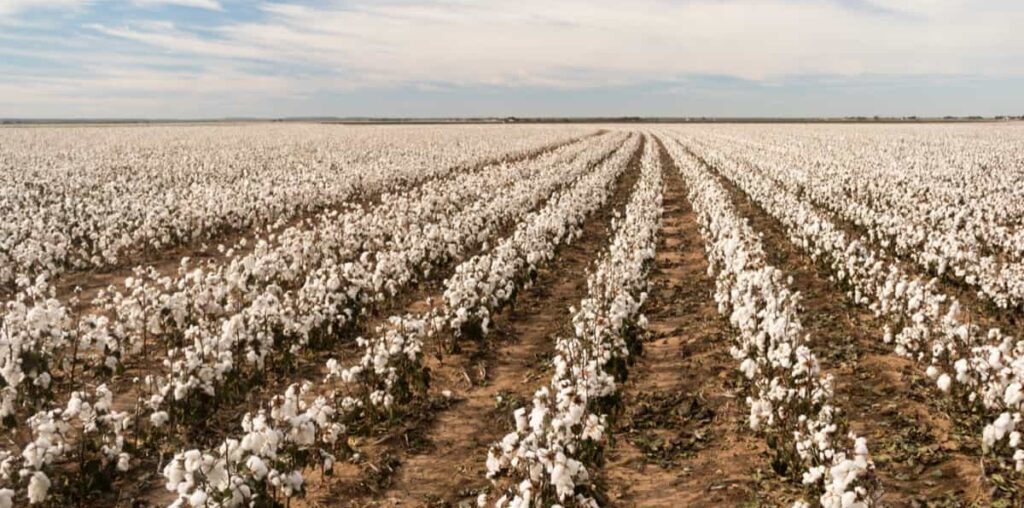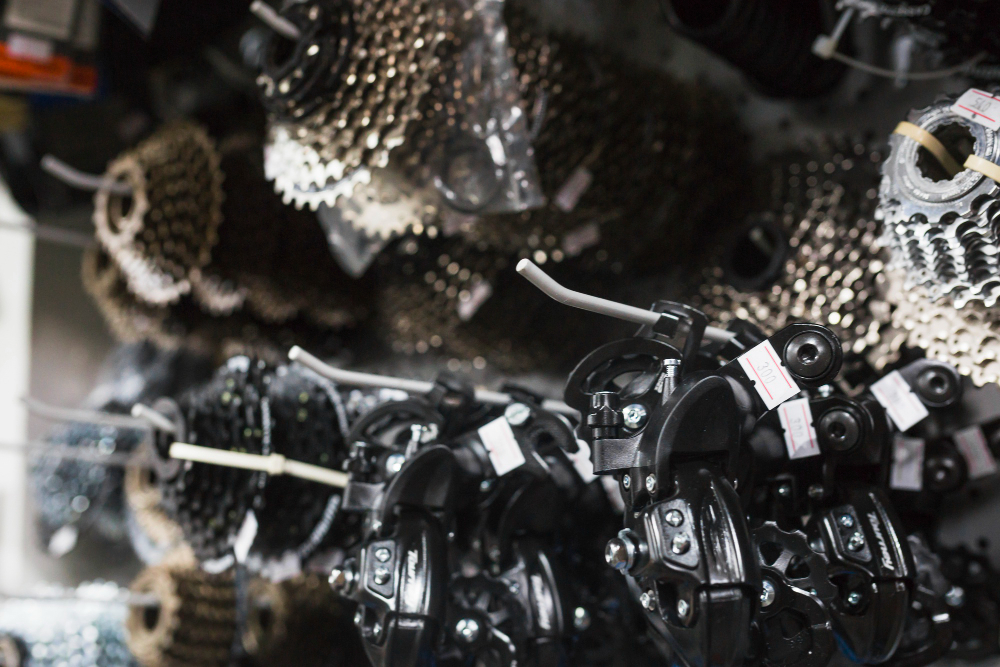In India, cotton cultivation has great significance both domestically and internationally. The country is leading in both the production and consumption of cotton. It contributes significantly towards supporting millions of farmers and the textile industry through employment. The cultivation demands a balance of suitable climate, adequate soil quality, appropriate cultivation techniques, and pest control measures. The information below will guide you on an overall view of cotton farming in India, from soil requirements to post-harvest operations.
The Process to Grow Cotton in India
There are a series of steps included in the cotton farming process. You can go through the following information to explore all the steps:
Soil and Climate Requirements for Cotton Farming
Cotton grows in fertile soils, which are either sandy loam or loamy. The ideal pH for cotton ranges from 5.5 to 7.5. The soil must be rich in organic matter and hold sufficient moisture yet allow excess water to drain off. Excess amounts of clay or sand in the soil can damage the production.
It is a warm-season crop that requires a temperature between 25°C and 35°C for better growth. The crop can tolerate drought but is still best for regions that receive constant rainfall (500 to 1000 mm annually). June and July are the best months for sowing cotton, as the monsoon season has just started.
Land Preparation and Sowing
Preparation of land is necessary before planting cotton. Initially, the land is ploughed 10-15 cm deep to loosen the soil and to facilitate air circulation. The land is then levelled and smoothened to prepare a fine seedbed. Weeds and big stones must be cleared to enable cotton seeds to grow and establish strong roots.
To sow cotton, the soil temperature has to be around 25°C. The seeds should be planted 2-3 cm deep, with row spacing of 75 cm to 90 cm, allowing enough space for the cotton plants to grow and spread. Farming equipment like super seeders can be used for sowing. Some powerful engine tractors like Solis 4215 E can be equipped with the implement to boost productivity. Furthermore, the Solis 4215 E 4WD price in India is between Rs. 7.70 and 8.10 Lakh, depending on the model.
Irrigation Techniques
Cotton is typically irrigated with surface irrigation techniques such as flood irrigation, but many farms are presently employing drip irrigation systems in India. Drip irrigation saves water because it delivers water directly to the roots. If irrigation is done correctly, the cotton plants will receive sufficient water during their growing stage.
Pest and Disease Management
Indian cotton crops are vulnerable to a range of pests that harm the cotton plants by sucking sap and transmitting diseases. The most harmful pest is the cotton bollworm, which infects the cotton boll and minimizes its production.
Indian farmers use integrated pest management (IPM) methods, an eco-friendly pest control method that manages pests effectively. It involves using natural pest controllers such as ladybugs to kill aphids, crop rotation to avoid a build-up of pests, and using chemical pesticides if necessary.
Cotton Growth Stages and Care
After planting the seeds with proper conditions, they grow between 7-10 days. In this phase, weeds have to be controlled as they fight for nutrients and water. To maintain the quality of the crop, weeds could be controlled with the help of herbicides or hand weeding.
The crops start blossoming after 50-70 days of sowing, and the blossoms gradually develop into cotton bolls. Cotton fibre is present in each boll, which starts to grow within the next few months. Cotton needs proper water and nutrient supply during the flower and boll development stages.
During the flowering and boll development stage, consistent water and nutrient supply is necessary.
Harvesting and Post-Harvest Handling
The ideal time to harvest cotton is when the bolls burst open, revealing the fluffy white fibres. The process is done manually by hand or with the help of farming equipment. The timing plays an important role as harvesting, early or late, can affect the quality. In small farms, hand harvesting is preferable, while in large-scale farms, implements like cotton pickers are used for efficiency.
Following the harvestation process, cotton undergoes a process known as ginning, during which the fibres are removed from the seeds. The fibres are pressed into bales and kept for sale or for manufacturing fabrics. The seeds are used to extract oil or for animal feed. To ensure efficiency during pots harvesting, tractors like the Solis 5515 E are commonly used. With its powerful engine and excellent maneuverability, the tractor will help manage post-harvest processes smoothly and reduce labour costs.
Conclusion
Cotton farming has made an enormous contribution to India’s agriculture sector and the world textile industry. With proper care and better farming practices, farmers can easily cultivate cotton and address the issues of pests, water shortages, and market fluctuations. Using sustainable practices like Integrated Pest Management and water-saving irrigation is highly recommended for long and successful cotton cultivation in India.



